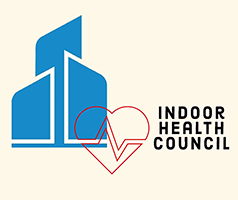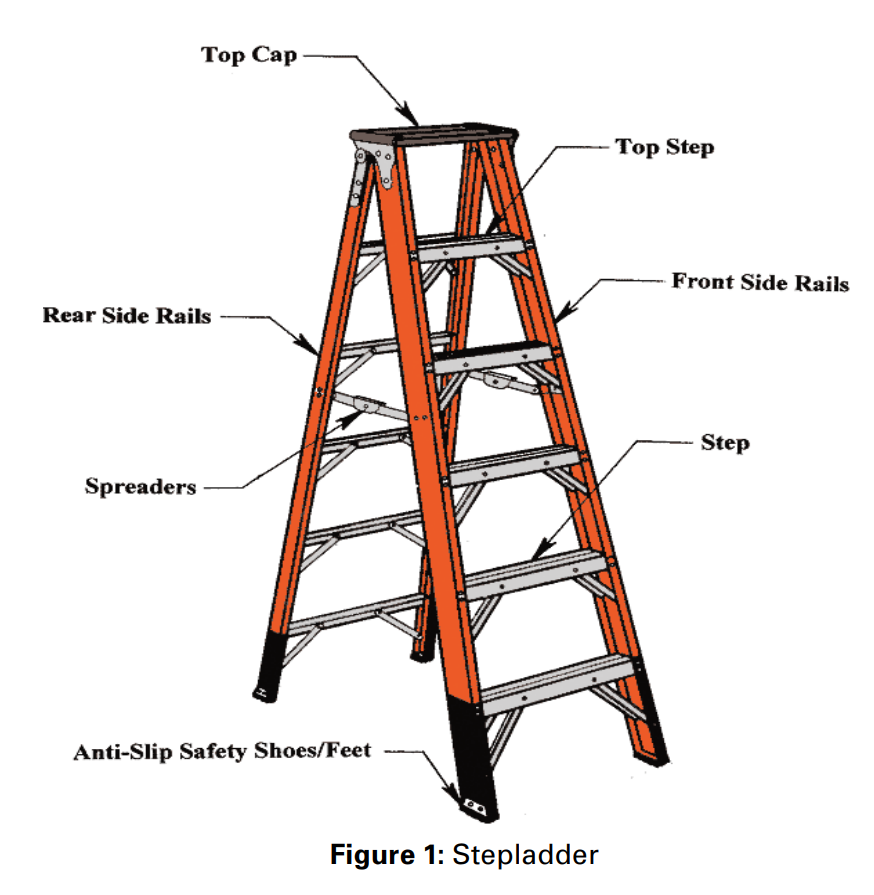Understanding Sick Building Syndrome – Part One
The term “sick building syndrome” (SBS) is used to describe situations in which building occupants experience acute health and comfort effects that appear to be linked to time spent in a building, but no specific illness or cause can be identified. The complaints may be localized in a particular room or zone, or may be widespread throughout the building. In contrast, the term “building related illness” (BRI) is used when symptoms of diagnosable illness are identified and can be attributed directly to airborne building contaminants.
A 1984 World Health Organization Committee report suggested that up to 30 percent of new and remodeled buildings worldwide may be the subject of excessive complaints related to indoor air quality (IAQ). Often this condition is temporary, but some buildings have long-term problems.
Frequently, problems result when a building is operated or maintained in a manner that is inconsistent with its original design or prescribed operating procedures. Sometimes indoor air problems are a result of poor building design or occupant activities.
Indicators of SBS include:
• Building occupants complain of symptoms associated with acute discomfort, e.g., headache; eye, nose, or throat irritation; dry cough; dry or itchy skin; dizziness and nausea; difficulty in concentrating; fatigue; and sensitivity to odors.
• The cause of the symptoms is not known.
• Most of the complainants report relief soon after leaving the building.
Indicators of BRI include:
• Building occupants complain of symptoms such as cough; chest tightness; fever, chills; and muscle aches.
• The symptoms can be clinically defined and have clearly identifiable causes.
• Complainants may require prolonged recovery times after leaving the building.
It is important to note that complaints may result from other causes. These may include an illness contracted outside the building, acute sensitivity (e.g., allergies), job related stress or dissatisfaction, and other psychosocial factors. Nevertheless, studies show that symptoms may be caused or exacerbated by indoor air quality problems.
Causes of Sick Building Syndrome
The following have been cited causes of or contributing factors to sick building syndrome:
Inadequate ventilation: In the early and mid 1900’s, building ventilation standards called for approximately 15 cubic feet per minute (cfm) of outside air for each building occupant, primarily to dilute and remove body odors. As a result of the 1973 oil embargo, however, national energy conservation measures called for a reduction in the amount of outdoor air provided for ventilation to 5 cfm per occupant. In many cases these reduced outdoor air ventilation rates were found to be inadequate to maintain the health and comfort of building occupants. Inadequate ventilation, which may also occur if heating, ventilating, and air conditioning (HVAC) systems do not effectively distribute air to people in the building, is thought to be an important factor in SBS. In an effort to achieve acceptable IAQ while minimizing energy consumption, the American Society of Heating, Refrigerating and Air-Conditioning Engineers (ASHRAE) revised its ventilation standard to provide a minimum of 15 cfm of outdoor air per person (20 cfm/person in office spaces). Up to 60 cfm/person may be required in some spaces (such as smoking lounges) depending on the activities that normally occur in that space (see ASHRAE Standard 62-1989).
Chemical contaminants from indoor sources:
Most indoor air pollution comes from sources inside the building. For example, adhesives, carpeting, upholstery, manufactured wood products, copy machines, pesticides, and cleaning agents may emit volatile organic compounds (VOCs), including formaldehyde. Environmental tobacco smoke contributes high levels of VOCs, other toxic compounds, and respirable particulate matter. Research shows that some VOCs can cause chronic and acute health effects at high concentrations, and some are known carcinogens. Low to moderate levels of multiple VOCs may also produce acute reactions. Combustion products such as carbon monoxide, nitrogen dioxide, as well as respirable particles, can come from unvented kerosene and gas space heaters, woodstoves, fireplaces and gas stoves.
Chemical contaminants from outdoor sources:
The outdoor air that enters a building can be a source of indoor air pollution. For example, pollutants from motor vehicle exhausts; plumbing vents, and building exhausts (e.g., bathrooms and kitchens) can enter the building through poorly located air intake vents, windows, and other openings.
In addition, combustion products can enter a building from a nearby garage.
Biological contaminants: Bacteria, molds, pollen, and viruses are types of biological contaminants. These contaminants may breed in stagnant water that has accumulated in ducts, humidifiers and drain pans, or where water has collected on ceiling tiles, carpeting, or insulation. Sometimes insects or bird droppings can be a source of biological contaminants. Physical symptoms related to biological contamination include cough, chest tightness, fever, chills, muscle aches, and allergic responses such as mucous membrane irritation and upper respiratory congestion. One indoor bacterium, Legionella, has caused both Legionnaire’s Disease and Pontiac Fever.
These elements may act in combination, and may supplement other complaints such as inadequate temperature, humidity, or lighting. Even after a building investigation, however, the specific causes of the complaints may remain unknown.
A Word About Radon and Asbestos …
SBS and BRI are associated with acute or immediate health problems; radon and asbestos cause long-term diseases which occur years after exposure, and are therefore not considered to be among the causes of sick buildings. This is not to say that the latter are not serious health risks; both should be included in any comprehensive evaluation of a building’s IAQ.
Source: EPA Indoor Air Facts No. 4




